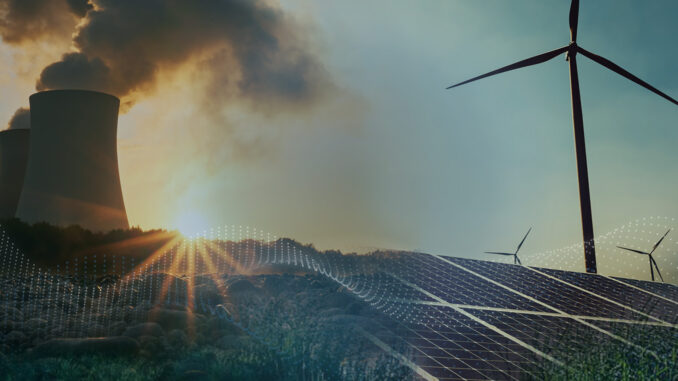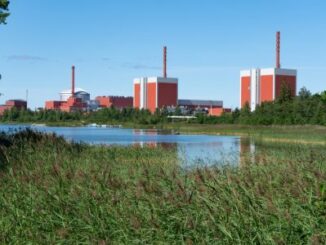
Spain is set to be Europe’s green energy poster child. “Rich in natural resources and with highly competitive renewable energy potential, Spain boasts a privileged geographical position and a technically qualified economy […] to become a European leader in sustainability and a clean-energy hub,” states a recent McKinsey report. In order to reach a net-zero scenario, the report finds that Spain will have to invest in three key areas: electrification, green hydrogen, and biofuels.
The natural conditions in Spain give it uniquely high potential for wind and solar power generation capacity compared to the rest of Europe. This, paired with the country’s already robust manufacturing capabilities, supportive policy environment and “strong network of potential hydrogen off-takers” enable the nation to produce green hydrogen at a much cheaper cost than most of its neighbors and economic partners. Spain can produce green hydrogen at a levelized cost of €1.4 per kilogram (kg), versus €2.1 per kg in Germany, according to McKinsey.
It’s an incredible economic opportunity, not to mention a key platform for climate leadership. Already, Spain has earmarked €18 billion ($19.5 billion) in investments to produce and distribute green hydrogen (the lay term for hydrogen generated from renewable power), “representing Europe’s most ambitious effort yet to implement technologies critical to becoming the world’s first climate-neutral continent” in the words of Bloomberg. “Spain is in a unique, privileged position to become a kind of Saudi Arabia of green hydrogen,” said Carlos Barrasa, vice president for clean energies at local refiner Cepsa SA.
Critics, however, have warned that there simply isn’t enough existing renewable energy capacity to produce sufficient amounts of green hydrogen to make the replacement of natural gas and coal in petrochemicals, steel and agricultural product fabrication feasible. Furthermore, there are questions as to whether all that green energy might be more useful in other applications. A new report by the International Renewable Energy Agency (IRENA) warns against the “indiscriminate use of hydrogen,” cautioning policy-makers to weigh their priorities carefully and to consider that extensive use of hydrogen “may not be in line with the requirements of a decarbonised world.” The report argues that green hydrogen “requires dedicated renewable energy that could be used for other end uses.” In other words, diverting too much green energy toward hydrogen production could actually slow down the decarbonization movement as a whole.
And there’s another key problem: the rest of Europe may not be ready for the influx of so much green hydrogen. The supply will be there, thanks to Spain, but will there be demand to match it? Spain already has lots of existing natural gas interconnections with Northern Europe that could enable quick and cheap exportation of their increasing green hydrogen supply, but will those markets be ready for it? Europe is still quibbling over the European Union’s so-called Green Deal, meaning that energy standards and quotas are still up in the air. Complicating matters politically, Spain is facing a July election which could change the policy environment that is currently so supportive of green hydrogen expansion.
It does seem, however, that the broader European public and private sectors are supportive of Spain’s conversion into a green hydrogen hub for the continent. BP is a heavy investor in Spanish green hydrogen and the Netherlands just collaborated with Spain to open a green ammonia maritime corridor to help transport green hydrogen to the rest of the continent.
Nevertheless, experts warn that Spain must be careful to bend and not break current energy supply chains. “There’s a sequencing in terms of what’s logical to do,” Martin Lambert, head of hydrogen research at the Oxford Institute for Energy Studies, told Bloomberg. “The first step is to do as much as possible to decarbonize the power system locally, then make hydrogen from surplus renewable power to use locally, and then move on to exports.”
The good news is that Spain does indeed have plenty of use for green hydrogen locally, especially for ‘deep decarbonization’ in ‘hard-to-electrify and hard-to-abate sectors’ such as steelmaking. McKinsey’s net-zero scenario “suggests that in Spain alone, not including any potential capture of the broader European market, supply of hydrogen would grow more than sevenfold by 2050.” The result would be a significant lift to Spain’s GDP and, once the sector reaches export-level stability, a huge step forward for the electrification and decarbonization of the European continent.



